Taiwanese armed forces yesterday simulated an enemy advance into the Taipei area after a successful landing, while defending units practiced “hot refueling” helicopters on the ninth day of the Han Kuang exercises.
Most of yesterday’s training units were concentrated in northern Taiwan, with exercises testing combat troops in defending against an invading force while also repairing damaged equipment.
The army’s 601 and 602 Aviation Brigades, in Taichung’s Dongshih District (東勢) and New Taipei City’s Shulin District (樹林) respectively, carried out hot refueling drills.
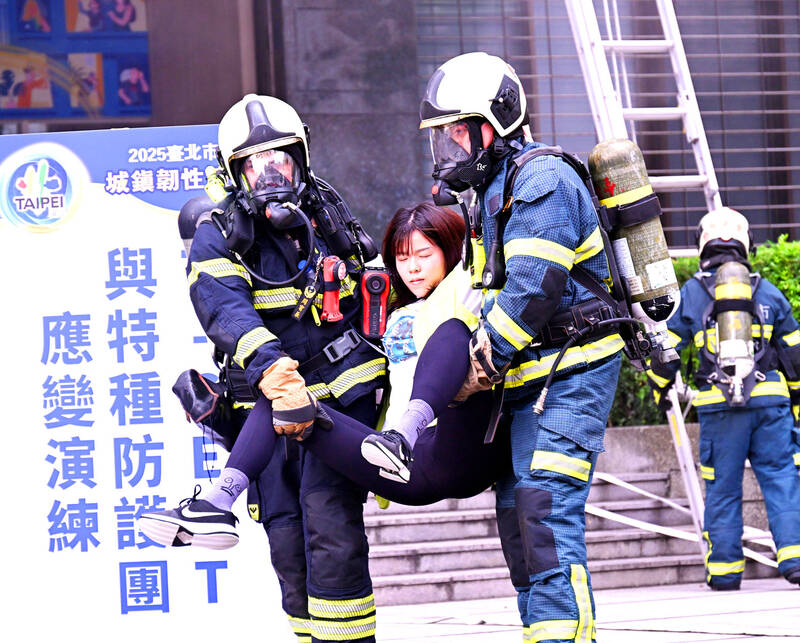
Photo: Fang Pin-chao, Taipei Times
During the exercises, two UH-60M Black Hawk and two AH-64E Apache helicopters from the 601 Aviation Brigade flew along the Dahan River (大漢溪) before stopping at a riverside park in Shulin.
The drill involved simultaneously refueling and rearming a military aircraft with munitions while its engines were running, allowing the aircraft to quickly return to combat operations, the Ministry of National Defense said.
The practice requires an aircraft to complete hot-pit refueling and rearming within 30 minutes. This morning’s drill was completed in about 20 minutes.
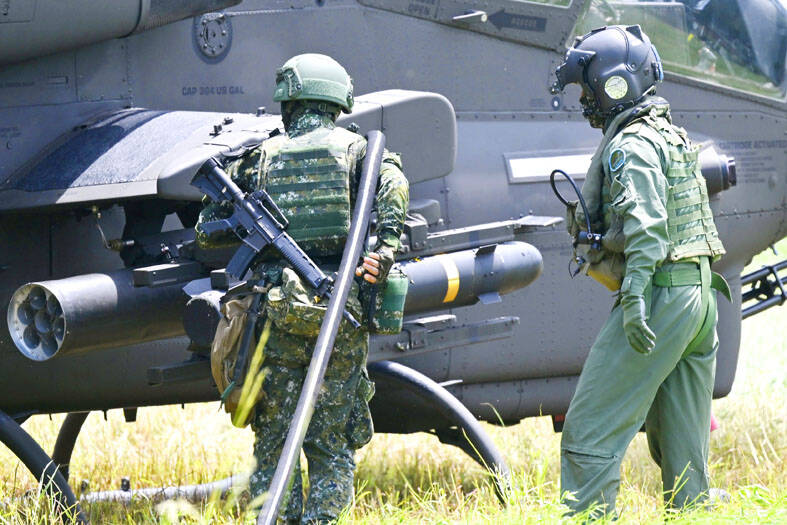
Photo: Liao Yao-tung, Taipei Times
A similar drill was conducted in Taichung, featuring the army’s AH-1W SuperCobra attack helicopters.
Throughout the Han Kuang drills, the armed forces have shown off new equipment such as Hsiung Feng III (雄風三, Brave Wind III) extended-range missiles, US-made FIM-92 Stinger shoulder-fired missiles and a new scouting drone.
Meanwhile, the Matsu Defense Command’s Beigao Garrison Force simulated a scenario involving an attack on the power plant on Beigan Island (北竿), attempting to set ablaze the fuel tanks within.

Photo: AFP
The garrison defended the power plant, which is a primary backup for the power plant in Nangan Township (南竿), against enemy destruction, and aided firefighters and medical services with extinguishing blazes and transporting wounded people.
The exercise demonstrated the adaptability of military and civilian forces in combat situations, the Matsu Defense Command said.
The Republic of China Marine Corps’ 99th Brigade participated in urban warfare simulations, demonstrating the unit’s close-quarters combat capabilities.
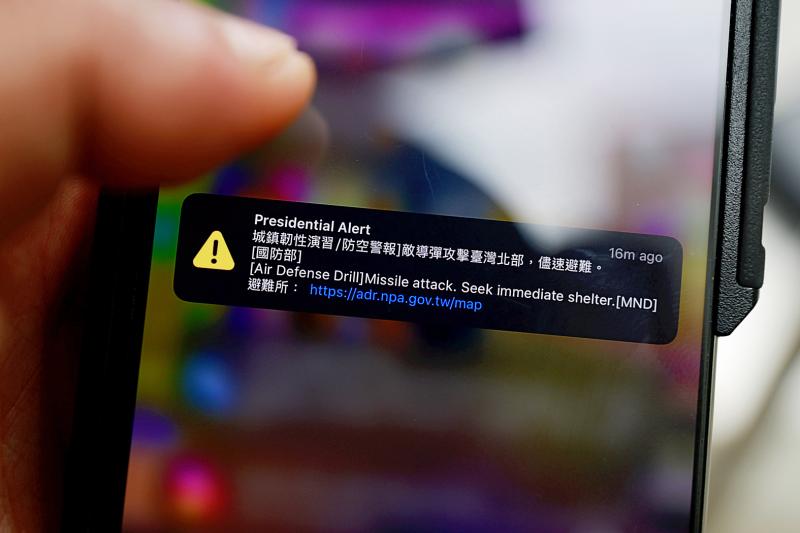
Photo: EPA
The mission involved the marines moving from the south to the north of Taiwan proper, demonstrating their ability to operate across theaters.
The Marine Corps’ 66th and 99th brigades also assisted the military police to bolster defenses in Taipei and New Taipei City.
Meanwhile, the most prominent urban resilience drills started yesterday at 1:30pm in northern Taiwan — in Taipei, New Taipei City, Yilan County, Keelung, Taoyuan, and Hsinchu city and county. Similar drills have already been held in other parts of the country.
Air raid alarms and cellphone alerts sounded at 1:30pm, when all vehicles were required to stop and pedestrians ordered to seek shelter and follow directions from officials.
Public transportation continued to operate, but passengers were not allowed to leave stations.
Those who did not comply could face fines of NT$30,000 to NT$150,000.
In New Taipei City, police said that their urban resilience command team went to the Tucheng District (土城) Office, an MRT station and a supermarket to conduct air defense evacuation and shelter drills.
After the alarm, the team went to a water plant in Sansia District (三峽) to simulate disaster relief at critical infrastructure sites.
The region-wide cellphone alerts did not adhere to standard Taiwanese parlance and instead adopted phrasing more commonly used by the Chinese People’s Liberation Army, local media reported.
The rendition of the word “missile strike” in the air raid drill warning was “dao dan” (導彈), instead of the Taiwanese military’s standard usage of “fei dan” (飛彈), per the Ministry of National Defense’s 10th edition of A Simple Dictionary on Rendering English Military Jargon to Chinese (新編國軍簡明美華軍語辭典).
The ministry had not yet addressed the matter as of press time last night.
Additional reporting by CNA, Aaron Tu and Wu Jen-jieh
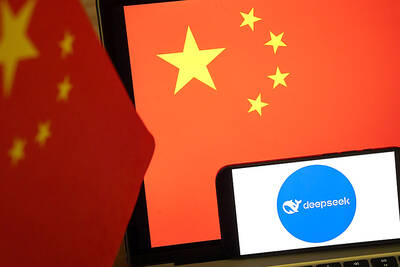
MISINFORMATION: The generated content tends to adopt China’s official stance, such as ‘Taiwan is currently governed by the Chinese central government,’ the NSB said Five China-developed artificial intelligence (AI) language models exhibit cybersecurity risks and content biases, an inspection conducted by the National Security Bureau (NSB) showed. The five AI tools are: DeepSeek, Doubao (豆包), Yiyan (文心一言), Tongyi (通義千問) and Yuanbao (騰訊元寶), the bureau said, advising people to remain vigilant to protect personal data privacy and corporate business secrets. The NSB said it, in accordance with the National Intelligence Services Act (國家情報工作法), has reviewed international cybersecurity reports and intelligence, and coordinated with the Ministry of Justice Investigation Bureau and the National Police Agency’s Criminal Investigation Bureau to conduct an inspection of China-made AI language
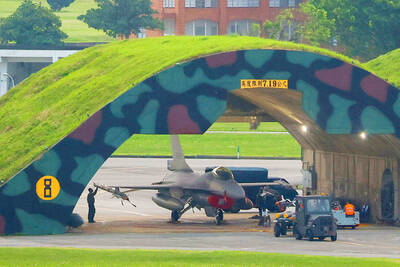
BOOST IN CONFIDENCE: The sale sends a clear message of support for Taiwan and dispels rumors that US President Donald Trump ‘sold out’ the nation, an expert said The US government on Thursday announced a possible sale to Taiwan of fighter jet parts, which was estimated to cost about US$330 million, in a move that an expert said “sends a clear message of support for Taiwan” amid fears that Washington might be wavering in its attitude toward Taipei. It was the first announcement of an arms sale to Taiwan since US President Donald Trump returned to the White House earlier this year. The proposed package includes non-standard components, spare and repair parts, consumables and accessories, as well repair and return support for the F-16, C-130 and Indigenous Defense Fighter aircraft,

CHECKING BOUNDARIES: China wants to disrupt solidarity among democracies and test their red lines, but it is instead pushing nations to become more united, an expert said The US Department of State on Friday expressed deep concern over a Chinese public security agency’s investigation into Legislator Puma Shen (沈伯洋) for “secession.” “China’s actions threaten free speech and erode norms that have underpinned the cross-strait ‘status quo’ for decades,” a US Department of State spokesperson said. The Chongqing Municipal Public Security Bureau late last month listed Shen as “wanted” and launched an investigation into alleged “secession-related” criminal activities, including his founding of the Kuma Academy, a civil defense organization that prepares people for an invasion by China. The spokesperson said that the US was “deeply concerned” about the bureau investigating Shen

‘TROUBLEMAKER’: Most countries believe that it is China — rather than Taiwan — that is undermining regional peace and stability with its coercive tactics, the president said China should restrain itself and refrain from being a troublemaker that sabotages peace and stability in the Indo-Pacific region, President William Lai (賴清德) said yesterday. Lai made the remarks after China Coast Guard vessels sailed into disputed waters off the Senkaku Islands — known as the Diaoyutai Islands (釣魚台) in Taiwan — following a remark Japanese Prime Minister Sanae Takaichi made regarding Taiwan. Takaichi during a parliamentary session on Nov. 7 said that a “Taiwan contingency” involving a Chinese naval blockade could qualify as a “survival-threatening situation” for Japan, and trigger Tokyo’s deployment of its military for defense. Asked about the escalating tensions